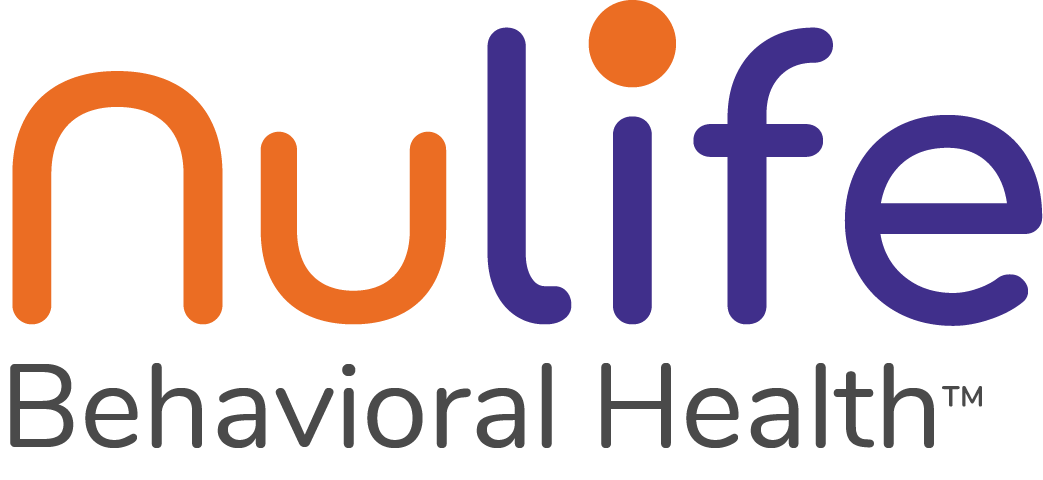Understanding the Opioid Rehab Success Rate: Your Roadmap to Recovery
The opioid crisis can feel overwhelmingly bleak, but it’s important to remember: there is hope, and rehab can be the first step toward reclaiming your life. Success rates are one piece of the puzzle when deciding if rehab is right for you, so let’s break down what the numbers truly mean, and why they shouldn’t be the only thing you consider when searching for opioid treatment programs.
Defining Success: It’s About More Than Just Staying Clean
“Success” in opioid rehab ain’t as simple as never using again. Sure, abstinence is a huge part of it, but true recovery is about rebuilding your whole life:
- Physical Health: Kicking opioids is tough on your body, so feeling stronger, healthier, and having more energy is a victory in itself.
- Mental Well-Being: Rehab isn’t just about the drugs – it’s about learning to cope with anxiety, depression, everything that might have led to using in the first place.
- Relationships: Addiction takes a toll on loved ones. Mending those connections, or building new, healthy ones, is part of healing too.
- Getting Your Life Back: It might mean having a job, a place to live, hobbies…rebuilding the life that addiction stole from you.
Opioid Rehab Success Rates: The Numbers Game
Stats around rehab can be helpful, but it’s important to keep a few things in mind:
- Relapse Happens: Studies say around 40-60% of folks trying to get sober will relapse. That’s the same rate as diseases like diabetes – frustrating, but it doesn’t mean you’re doomed. It means addiction is a chronic illness that takes ongoing work.
- MAT Makes a Difference: Medicine like methadone or buprenorphine can be a game-changer, reducing cravings and preventing overdose. For a lot of folks, MAT is what finally helps things “click”.
- “Success” Changes Over Time: Staying sober right out of rehab is harder than staying sober 5 years later. Different studies measure different things.
- Aftercare is Key: Rehab is just the beginning. Support groups (like NA), therapy, all those things that help you build a sober life? That’s what keeps success rates high in the long run.
Factors That Boost Your Odds of Success
Rehab isn’t magic, but it gives you your best shot. Here’s what helps:
- Motivation Matters: If you really want this, you’re already miles ahead. It’s hard work, and there’ll be days you wanna quit…but that desire to change your life is what keeps you going.
- The Right Fit: Generic rehab programs don’t work as well. Treatment has gotta address your specific needs – anxiety, past trauma, whatever your unique struggle is.
- Quality Counts: Are the therapists experienced with addiction? Is there a good mix of group, individual, and maybe even things like yoga? The better the program, the better your odds.
- Support System FTW: Having folks who believe in you – family, friends, or even a kick-ass sponsor – makes a world of difference when things get tough after rehab.
Conclusion: Hope is the Heart of It All
Opioid rehab success rates aren’t perfect, because addiction is messy. But the fact that rehab helps anyone get better, that’s huge. It means a better life is possible, even if it takes a few tries to get there. If you’re ready to fight for a life free from opioids, rehab can give you the tools, the support, and the stubborn belief that you can do this. That hope? You can’t put a percentage on that.









